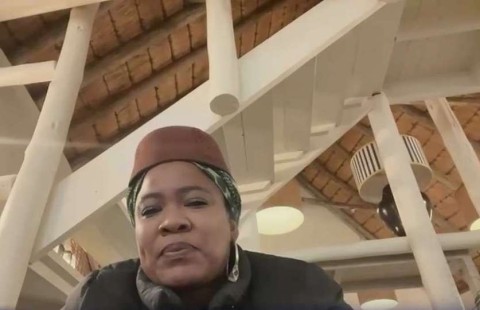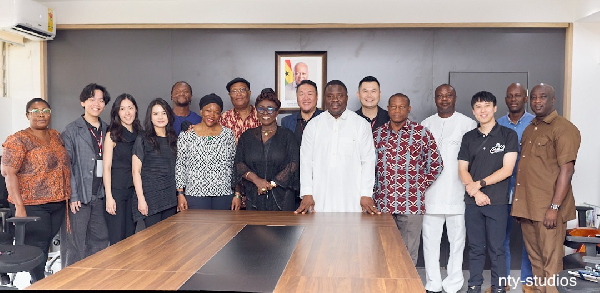Review: Rama Bhima Soma by Srikar Raghavan - Hindustan Times
Jun 21, 2025 06:08 AM IST
Srikar Raghavan’s Rama Bhima Soma; Cultural Investigations into Modern Karnataka requires the reader to have vast reserves of reading stamina, an empathetic world view and a willingness to travel deep into different geographies, perspectives, communities, stories and movements, even those whose politics the author may not agree with.

A self-professed “inveterate bookworm,” “more of a reader than a writer” and “a Kannada-nut”, Raghavan speaks to the English reader who may or may not be Kannada literate as well as to the Kannada reader who has felicity with the English language. How this book unites two universes that have their own complicated history of separation is its strength and success.

Neither its extensive research nor its collation is as impressive as the fact that the author did not learn to read and write Kannada in school. He learnt it as a post-graduate student, using a Kannada-Kannada-English dictionary. In the prologue he writes that the first Kannada novel he read was Shivaram Karanth’s Chomana Dudi. And from there began his journey towards Kannada literature, Karnataka’s history, culture, politics, socio-economic realities and drama. Raghavan dives headlong into all of these, following every lead and thread, sometimes interviewing sources on their death bed (though neither he nor the source knew that).
As the cover suggests, the title references a game played by school boys. “It requires only a ball, no fixed number of players, no teams, no designated boundary and no premeditation,” he writes. It is a game with no end, though the beginning is very clearly indicated by the pitching of the ball into the air three times (that’s counted as Rama Bhima Soma!) After the ball is thrown in the air, the nearest person grabs it and aims it at some other player – it could be anyone nearby or farther afield. Whoever grabs the ball after the hit, then repeats the cycle. This goes on till “collective exhaustion sets in, or the bell rings...”
This game is the book’s underlying metaphor. Will every player get a chance to hold the ball, aim and strike? Will the ones getting hit often (for whatever reason) manage to dodge the ball and also get to wield it? And more importantly, will everyone get to play on the same field [of Karnataka] together? The author follows his curiosity to delve into relationships between various socio-political movements, events, books, people, communities, performers, writers, artists and others who shaped or were shaped by the state’s morphing landscapes, in any order that draws him. This volume, therefore, is not the history but “a history, a personal micro-history” of Karnataka, writes Raghavan.
He makes no bones about where he stands with respect to the politics of the state and the country, yet, goes to great lengths to probe the thought processes of those who hold the exact opposite positions. This adds to the book’s texture. If you are a feminist reader, however, you might despair at the scale of masculine energy in the politics and sociology represented here. You will, however, encounter bright places like the interview with Du Saraswathi or the story of doctor-turned-activist Kusuma Sorab, known as Kusumakka to the girls she worked with.
The chapter entitled On Conversions, Controversies and Communalism stands out in how it juxtaposes the syncretic history of the Baba Budana Giri shrine in North Karnataka with an account of the rise of right-wing ideology in the region (and state). It describes the fluid times when “the Veerashaiva and Sufi orders in North Karnataka interacted and fused with a rare syncretic spirit,” even as Ibrahim Adil Shah II ruled Bijapur and Akbar ruled the north. Scholar Rahamath Tarikere is quoted: “The gurupanthas (local guru-shishya traditions that stand outside organised religious orders) recognised that caste, untouchability, gender inequality and social concerns were the key hindrances to spiritual achievement,” as were religious differences between Hindus and Muslims. It is ironic that fundamentalism looms against this backdrop.

Intensive interviews feature throughout but the ones in the chapter entitled Forests, Conservation and the Ecology of Change’ that track environmental movements and protests are especially good. The story of how Indian Forest Officer SG Neginhal “planted and raised one and half million trees,” told by veteran environmental activist, SR Hiremath, co-founder of the Samaja Parivartan Samudaya (SPS) is one among many others. The formation (and fragmentation) of the Dalit movement, trade unions, workers’ movements; the arguments and friendships between socialists, Marxists and communists; the travails and triumphs of artistes across forms and genders; the average do-gooders working on the fringes of society but holding its fabric in place with their idealism and hope – all this and more are presented in great detail.
If you are interested in how people make history and enjoy examining layers of belief, thought and action; if you like stories about how politics and religion are being cast aside by some citizens who nevertheless are making a positive impact on their world; if you like random facts (Did you know there is a variety of rice named after the former Prime Minister, HD Deve Gowda, in Punjab?) and want to grasp the stories behind the storytellers; if you have an appetite for tales that take you on trails, and if you have strong wrists – it’s a heavy book! – you will be happy to read Rama Bhima Soma.
Charumathi Supraja is a writer, poet and journalist based in Bengaluru.













